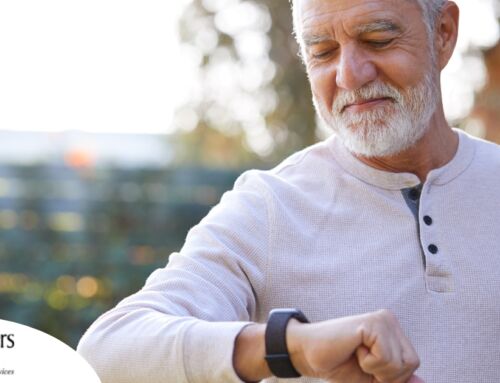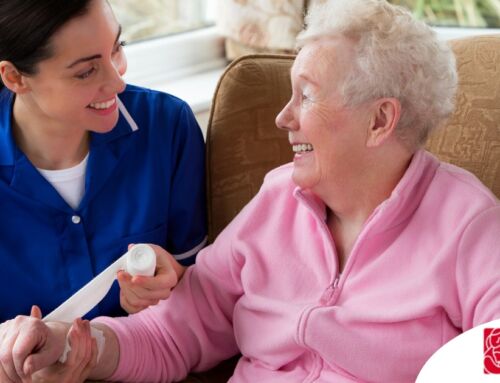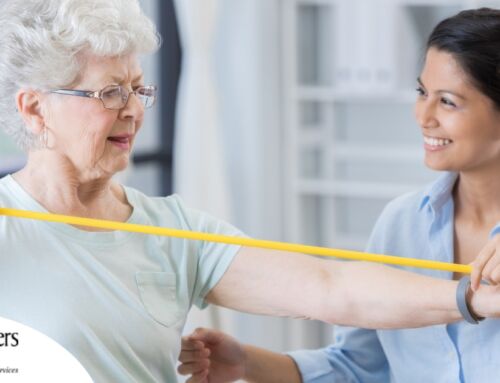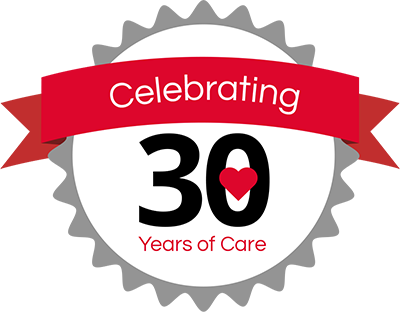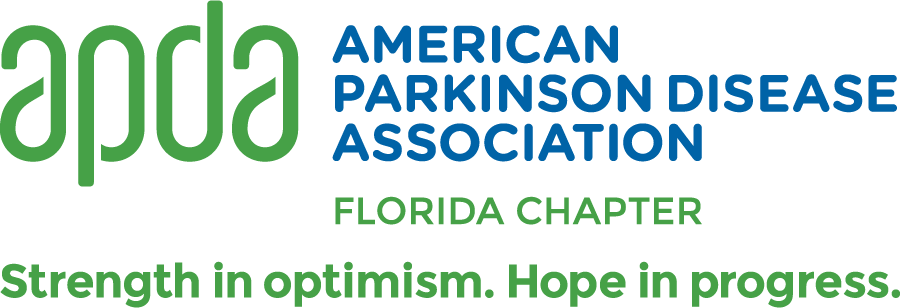Blood pressure is tricky because one can have high or low blood pressure and still feel relatively fine. In fact, although having blood pressure that is slightly higher than normal doesn’t necessarily make us feel any differently, it does put us at higher risk for some pretty serious health problems.
The overall numbers tell us much of what we need to know about the body’s circulatory health as a whole (the whole system of heart, arteries and blood vessels that transports oxygen and nutrients throughout your body).
High blood pressure, also known as the “silent killer” is found in approximately 70% of people over the age of 65. In 2017, there were new guidelines released by the American Heart Association, the American College of Cardiology, and numerous other health agencies, lowering the numbers of what is considered “normal” blood pressure.
Targets for Optimum Blood Pressure (BP)
As we age, our BP naturally rises, due to stiffening of the arteries, which makes everything flow a little less easily. Here are the new targets for under 60 years of age:
For adults over the age of 60, The National Institute on Aging indicates:
“What is considered high blood pressure for older adults? Recent updates to guidelines from the American Heart Association and the American College of Cardiology changed the definition of high blood pressure or hypertension for most people. High blood pressure is now generally defined as 130 or higher for the first number, or 80 or higher for the second number (previously it was 140/90). However, there are important considerations for older adults in deciding whether to start treatment for high blood pressure, including other health conditions and overall fitness. If your pressure is above 130/80, your doctor will evaluate your health to determine what treatment is needed to balance risks and benefits in your particular situation.”
How to Best Monitor Your BP
Of course, your doctor will alert you if your pressure is up during your office visit. But BP should also be monitored at home. It can be done easily and quickly by using a digital monitor. There are many on the market and can be found online or in your local pharmacy. Most monitors these days can sync with your phone or a tracker, so that it will automatically keep track of your pressure for you. This is very helpful when visiting the doctor.
How Can I Improve my Blood Pressure numbers?
- Medication Depending on your numbers and your doctor, they may have prescribed medications. Be sure to take all medications as directed by your physician.
- Check pressure regularly This should be twice a day, daily. Once in the morning, before medications are taken, if possible and once in the evening. Pressure can vary throughout the day, especially if there are medications involved.
- Lifestyle approaches There are a number of things that can be adapted in a person’s life that will positively impact your readings:
- Reducing sodium (salt)
- Weight loss
- Exercise
- Dietary changes
- Stress management
Work collaboratively with your physician to monitor and manage your BP. Understanding that you won’t necessarily feel badly if you have high blood pressure and incorporating good, solid habits around diet, exercise, rest and monitoring may help you get a handle on high blood pressure.
~ ~ ~
Do you have questions about how you can better support your loved one while they age in place in South Florida or regarding homecare in general? Please contact CareGivers of America here: Contact or call us toll free: 800-342-4197
*No information in this article is to be taken as medical advice. This post is not sponsored, but may contain external links to websites, articles or product examples. External links are used for example or refence purposes only and these links do not indicate specific product or website endorsement by CareGivers of America.


